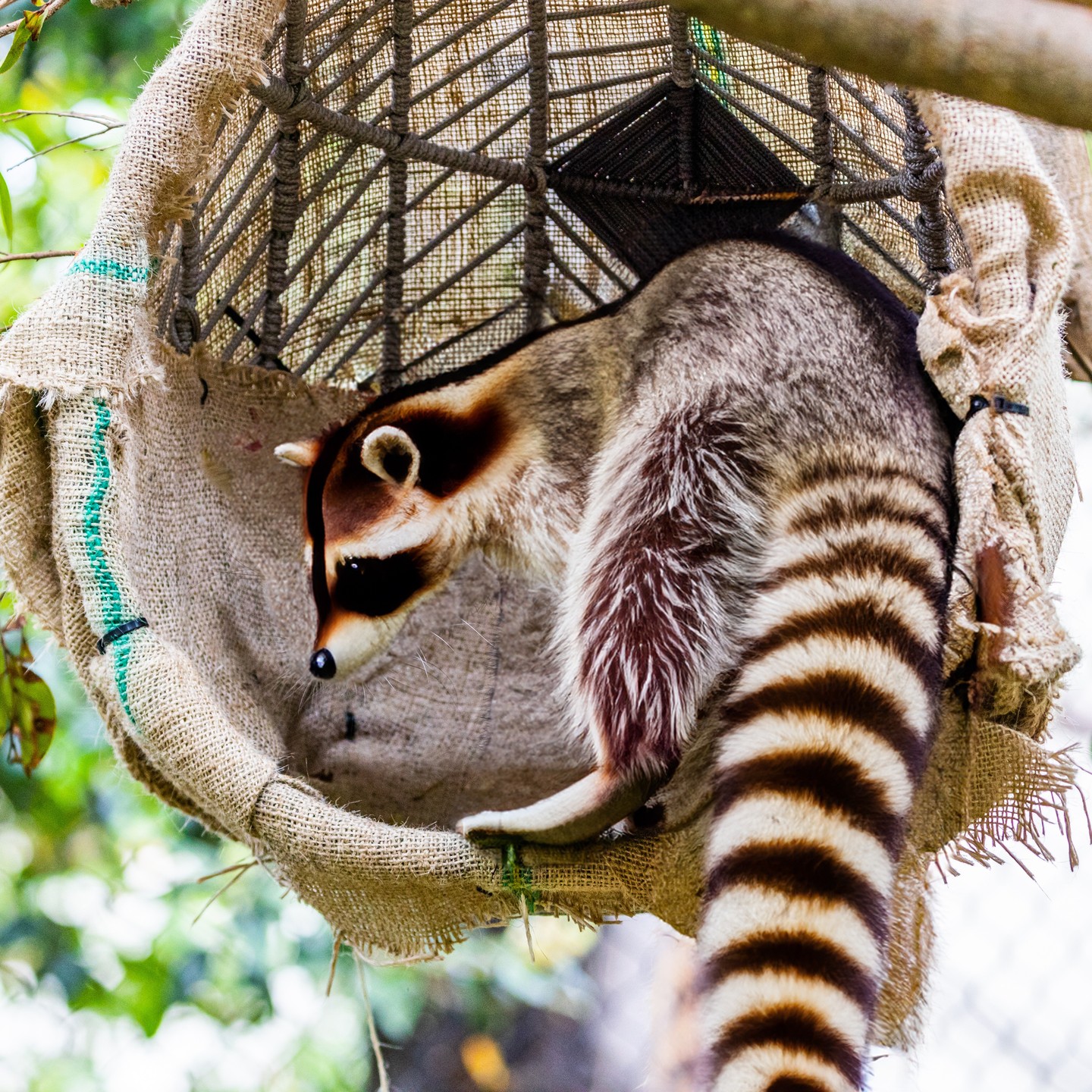– Introduction to Jar the raccoon and his role at the zoo
– An overview of the North American raccoon’s biology and behavior
– The importance of wildlife conservation and the role of zoos
– Insight into zoo management and animal welfare practices
– Educational takeaways regarding urban wildlife and interaction with humans
The newest addition tends to stir up joy and curiosity among visitors in the bustling excitement that envelops any zoo. Such is the scenario with Jar the raccoon, a delightful creature that has recently made a home for himself at the local zoo. Once an ordinary raccoon, his fame began at the unusual inception of his zoo life when he was found dining luxuriously from a jar of pickles, his distinctive, human-like hands a point of intrigue and sympathy.
Raccoons like Jar, a species native to North America, are often identified by their distinctive mask-like black markings around their eyes and their dextrous front paws resembling human hands. Nocturnal mammals and raccoons have adapted impressively to various environments, thriving in rural and urban settings. As resourceful scavengers, these animals have become known for rummaging through garbage, thus earning the nickname “trash panda.”
In the dim light of twilight, raccoons become active, utilizing their acute sense of touch and their nimble paws – complete with opposable thumbs – to forage for food. They do not hibernate but can slow their metabolism to conserve energy during the cold winter. Raccoons’ adaptable diet, which includes fruits, nuts, insects, and even small animals, has allowed them to persist in rapidly changing environments.
The name “raccoon,” originating from the Powhatan term “aroughcun” or “arathkone,” translates to “animal that scratches with its hands,” a testament to their tactile nature and foraging skills. These creatures are adept at grasping and pulling apart their food and showcase intelligence in their ability to solve problems, such as opening doors or latches to access new areas or potential food sources.
In the photographs accompanying this article, Jar’s character shines through. From climbing into his hammock, tail dangling playfully, to waving at zoo visitors with an uncannily human gesture, Jar has settled into his new habitat, which includes the ironic yet apt addition of trash bins and an array of safe “garbage” props, simulating a realistic environment for a raccoon.
Ensuring the safety and well-being of raccoons like Jar involves careful zoo management and an unwavering commitment to conservation. Modern zoos play a crucial role in educating the public about wildlife, fostering connections between visitors and the natural world, and supporting conservation efforts in captivity and the wild. In Jar’s case, his rescue highlights the importance of humane treatment and providing a second chance at life, which the zoo has graciously provided.
Enrichment is mandatory in zoo habitats designed for raccoons to provide physical and mental stimulation. Just as Jar is eager to explore and manipulate his surroundings, his raccoon peers also benefit from environments that challenge and engage their natural behaviors. Zookeepers frequently rotate enrichment items, such as puzzle feeders and novel scents, to maintain a stimulating setting for these intelligent animals.
Discussing Jar also brings up the important dialogue about urban wildlife’s interaction with humans. As cities expand, mammals like raccoons are forced to navigate an ever-decreasing natural landscape, often leading to close contact with human-populated areas. This proximity can result in conflicts, but it also offers opportunities to educate communities about coexisting with local fauna.
Through dedicated animal management strategies, educators aim to champion principles of wildlife conservation. They encourage visitors to appreciate local biodiversity and participate in practices supporting animals’ well-being, like raccoons. Whether securing trash bins to prevent raccoons from scavenging or planting native gardens that provide natural food sources, small actions contribute significantly to the health of our urban ecosystems.
Jar the raccoon serves as an ambassador for his species, inviting zoo visitors to learn about the balance between human expansion and the needs of local wildlife. His debut at the zoo is more than just a feel-good story; it’s an opportunity to incite passion and action for the environment.
In the broader zoology and environmental stewardship discourse, introducing new animals to the public, such as Jar, facilitates deeper understanding and connectivity with nature. It fosters a sense of responsibility and a yearning to protect our planet’s precious biodiversity. After all, the delight that comes with new additions at the zoo can also inspire a lifelong commitment to conservation. This goal is essential for the survival of many species, including our endearingly clever trash pandas like Jar.
*****
Source Description
🚨 NEW AT THE ZOO! 🚨
You know and love Raj the red panda, now welcome Jar the trash panda! 🚮🦝
Jar the raccoon was rescued from a trash bin in the Zoo’s parking lot after he was discovered eating out of a jar of pickles with his strangely human-looking hands. Our veterinary team believes his furless, long-fingered front paws are the result of a tragic AI imaging-related accident.
Here are some fun facts about the North American raccoon:
Raccoons are nocturnal mammals commonly found in wooded areas and urban centers.
They are opportunistic feeders known to scavenge for food scraps in garbage bins, earning them their nickname: the “trash panda.”
They walk on all fours like bears but do not hibernate in the winter.
Raccoons can open doors thanks to their nimble paws and opposable thumbs.
The name “raccoon” comes from a native Powhatan word that means “animal that scratches with its hands.”
Alt-text: Pictures of Jar the North American raccoon. In the first, Jar climbs into his hanging hammock as his long, striped tail hangs down behind him. In the second, he poses on a wicker platform and waves his oddly humanoid right hand at us. Finally, we see a wide shot of Jar in his habitat at the Zoo which is adorned with a pair of black trash bins and garbage littered around the floor of his new home.


